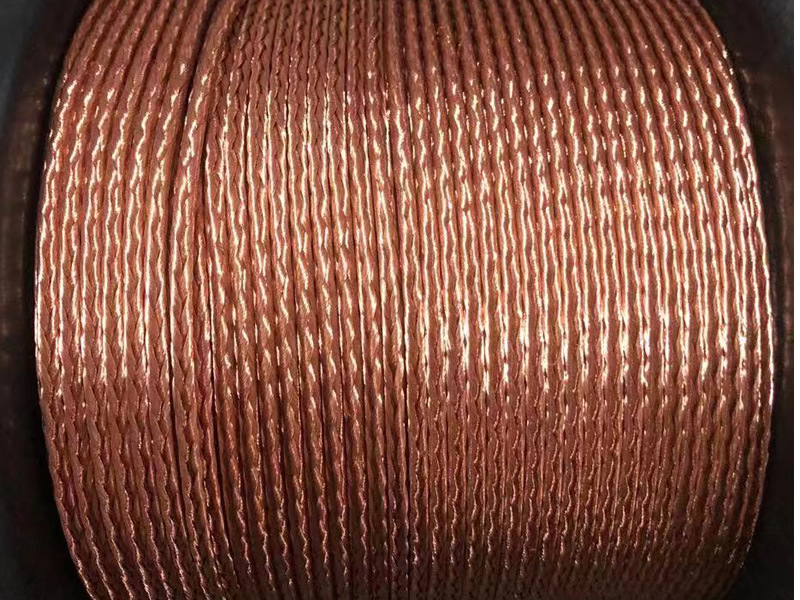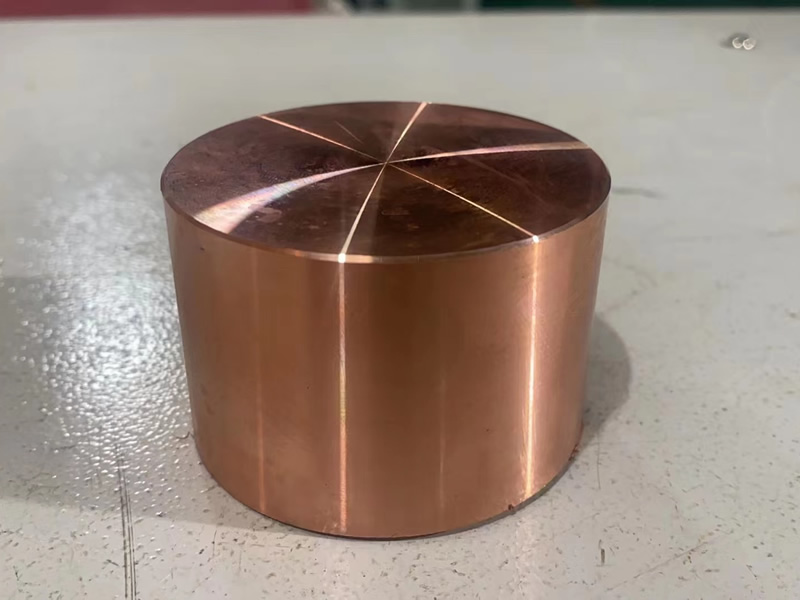Military Drone Maker In Powell Developing Drones To Eradicate Invasive Agriculture-Killing Weeds
Companies are looking at how to use drones in agriculture, including GT Aeronautics in Powell, which is developing drones for seek-and-destroy missions against a weedy threat to Wyoming.
Leafy Spurge
Leafy spurge is found across the United States and Canada, and Park County Weed and Pest spends a lot of manhours hunting it down.
The invasive species chokes out native vegetation, and it’s hard to kill. Its roots often exceed 20 feet in depth, and the seed capsules shoot up to 15 feet when they explode, spreading the plant like wildfire.
Pull it, mow it, burn it, or cut it, and the weed grows back.
“It is absolutely a serious problem. It’s very persistent,” Mary McKinney, assistant supervisor for Park County Weed and Pest, told Cowboy State Daily.
McKinney said the plant is also toxic to wildlife and cattle. It contains a substance that causes blisters and rashes on contact, and it’s poisonous if eaten.
“It’s definitely one we’re concerned about,” McKinney said about invasive species on Wyoming’s watch list.

Aerial View
Tom Rullman, GT Aeronautics president and CEO, has been developing drones for the military for years, so it wasn’t a stretch to go after another type of enemy.
Leafy spurge has a weakness, which Rullman’s drones are trying to exploit. The weed produces bright fluorescent green flowers that can be easily spotted from the air.
McKinney said that some areas where they look for it are difficult to access, and even in flat territory it can require a lot of walking to find patches of it.
The county was using quadcopters, which are drones with four propellers, to help spot it, but those devices only have about 25 minutes of battery life before they have to be brought home for a fresh battery.
Rullman’s GT-100 can fly for two hours, and with a cruise speed of 29 miles per hour, it can search a wide area.
Test Flight
Rullman told Cowboy State Daily that the program is still in its testing phase.
The goal is that a drone can take a photo when it spots a patch of leafy spurge, and that photo will have the latitude and longitude of the patch. Then weed assault crews can be sent out to destroy the patch without having to walk dozens of square miles to find it.
“We’re talking about rough terrain full of canyons,” McKinney said, adding that without the information a drone can provide the search “would take an entire summer.”
The drone, or unmanned aerial vehicle (UAV), is launched with a large slingshot. During last year’s test, there wasn’t enough wind to get it off the ground. The 10.5-pound aircraft, Rullman said, needs a good headwind to get into the air. There were also a lot of hills in the area.
“It was kind of dangerous to do. We tried it and banged up an airplane,” Rullman said.
This year, they have permission from a rancher in the area to use flat ground on his land to launch from.
Artificial Intelligence
There are other companies exploring the use of drones to attack weeds in agriculture. Aircraft have been spraying crops for a long time.
It can be a good option when crops need spraying, but recent rains have made the fields too soft to roll heavy tractors over the soil.
Unlike aircraft, which have to take off from a runway, drones can be launched next to a field. Precision AI, a Canadian startup, is using artificial intelligence to create precision in herbicide application. The chemicals can be expensive, and the technology has the potential to save farmers money.
Jessica Day, senior marketing manager, told Cowboy State Daily that the drones can fly in gusts of up to 23 miles per hour.
“That’s quite severe for any drone,” Day said.
Future Potential
Day said Precision AI’s drones have potential for use in the eradication of invasive species. Currently, the company is focusing on broad-acre spraying.
“Our AI is able to detect crops and not crops: so corn, lentils, peas, wheat, soybeans, barley — all of those,” Day said.
Once the technology is perfected with rows of crops, Day said, they can look at applications in areas that aren’t cropland.
“Our models will then be further worked on to detect kosha and leafy spurge. That is definitely something we want to work towards in the future,” Day said.



